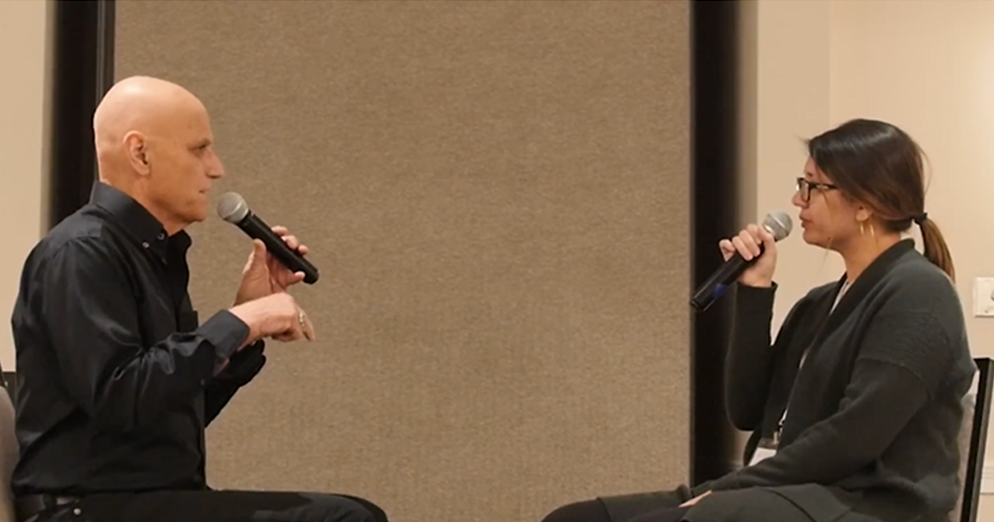ACT co-founder Steven C. Hayes, PhD leading an experiential exercise at an ACT 2 training, 2017
By: D.J. Moran, PhD; Patricia A. Bach, PhD; and Steven C. Hayes, PhD, authors of ACT in Practice: Case Conceptualization in Acceptance & Commitment Therapy
When acceptance and commitment therapy (ACT) is introduced to clinicians, it may come off as a set of sequential steps to be applied in session.
ACT’s core processes—acceptance, defusion, self as context, committed action, values, and contact with the present moment—may seem to stand alone. However, in practice the processes are not so neatly distinguished.
ACT case conceptualization is similar to a choreographed dance. Instead of moving from one process to another, therapy moves back and forth among the core processes in a fluid, shifting, recursive, process focused, nonlinear way.
It would be rare to see a course of treatment where each process in the model is used in sequence, systematically, and treatment concludes once the sixth process is completed. Applying ACT in session involves a way of thinking that includes knowing what to look for, and when, and for what purpose.
A single exercise might involve acceptance, defusion, committed action, and willingness.
In sessions overtime, it is more likely that you and the client will shift back and forth among all of the processes and revisit old processes as new issues are confronted in treatment.
Consider this as an example:
A client with substance abuse problems is taught to be mindful of his unworkable change agenda, accepts urges to use drugs, and defuses from thoughts related to drug use. He goes on to continue practicing mindfulness and makes contact with self as perspective, and completes a values assessment. And while implementing behavior change strategies to move in a valued direction, he encounters anxiety related to all this change and he begins avoiding, so treatment goes back to an acceptance focus, and more defusion, and then back to committed action, and so on.
See also: Using ACT As a Tool To Recognize Behavior Patterns
Even within a single session, you may use interventions from a few domains of the model, or you may use a single exercise that encompasses a combination of the domains.
Clients will present with different concerns, and it would be wonderful to have clear instructions on where to begin; yet it would be inconsistent with ACT for us to say, “Start here.”
The aim in ACT is psychological flexibility, and this is true for the therapist as well as for the client. There are as many variables that influence the decision for where to begin with a client as there are clients.
Join Us! Practice Shaping Psychological Flexibility On-The-Fly

